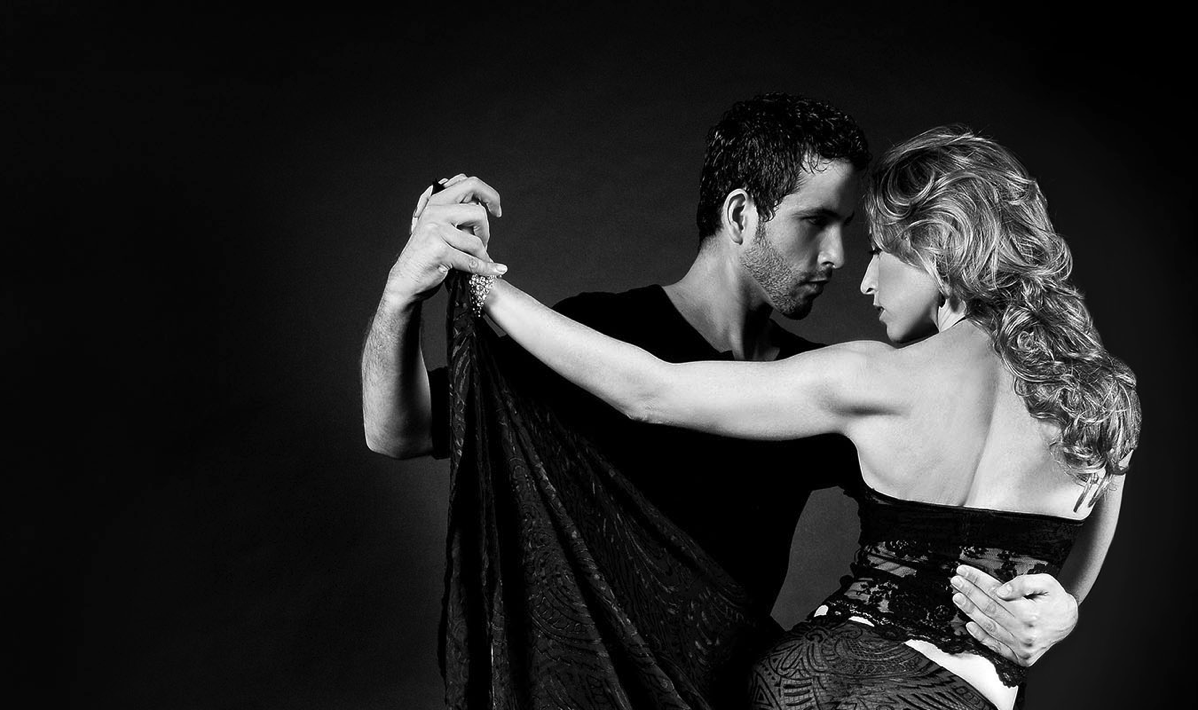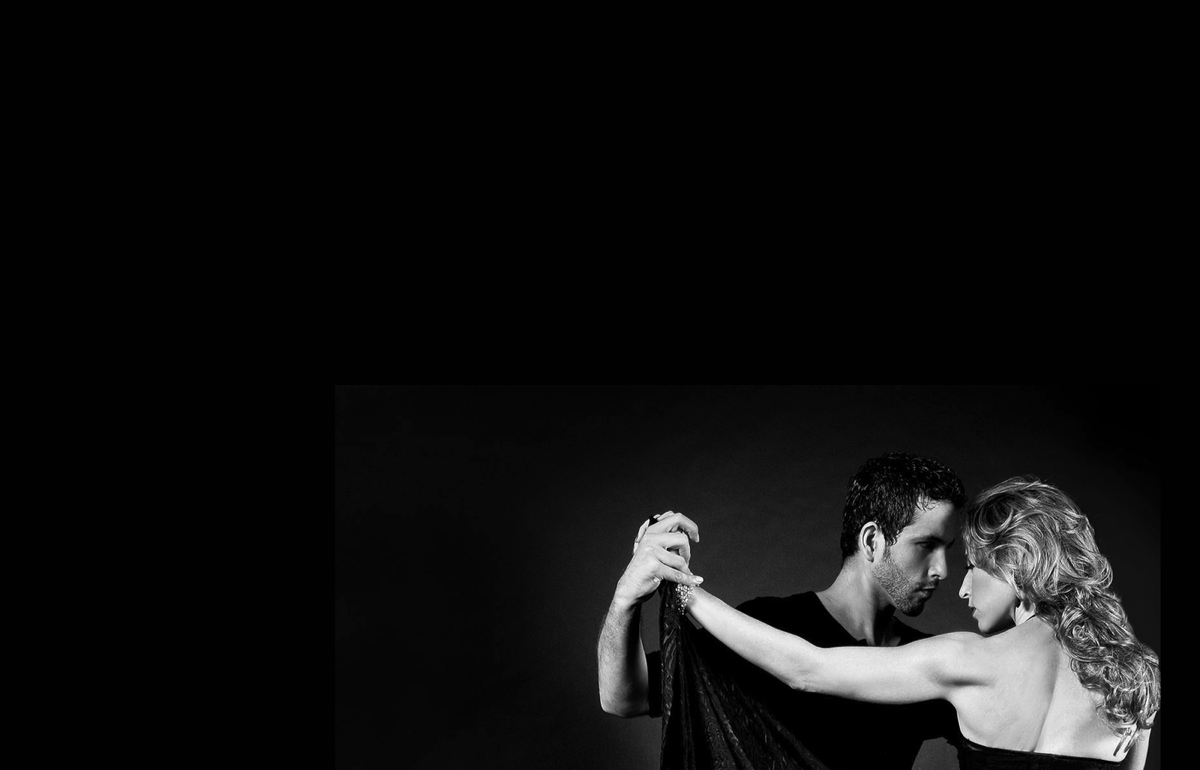

West Coast Swing originated from an earlier dance known as the Savoy Style Lindy, which was done at the Savoy Ballroom in New York in the early 1930's. Although WCS was not invented by, it was indirectly spawned by a man whose name was Dean Collins, who also danced at the Savoy while living in New York. Collins came to California in the 1930's to get into the movie business and brought with him 'his version' of the "Savoy Style Lindy." Collins, after dancing in Hollywood for a couple years and dancing in many night clubs began dancing and competing. He would get to know some of the other local dancers, which have been said too have "not seen that style of swing before, but they liked it very much." It was alot different than what they were doing at the time (which they called the "Whip".
Collins started teaching "his version" to L.A. and soon everyone on the West Coast was doing it. Dean finally got his break and started doing many Hollywood movies in the 1940s and 1950s. He brought many local swing dancers who he had taught this "new style" with him into these movies as well. During this time, the movies billed this dance as "Jitterbug or Rock and Roll." Many soldiers danced this version of swing in W.W. II. The soldiers and U.S.O. took "West Coast Swing" AND OTHER FORMS OF SWING all over the world ... disguised as the newer term of Jitterbug or Rock and Roll (before these titles swing was known as the Lindy Hop). Dean past away in the mid 1980's.
The Ballroom community, looking for a much more simple and mild form of swing, invented a much simpler and milder form called "Eastern Swing" (East Coast Swing) in the forties. In Los Angeles in the 1940's and 50's many teachers would dance West Coast Swing as sort of an enticement. But when the potential student would ask what it was and where they could learn it, they would be told it was (East Coast) Jitterbug (as you were only allowed to teach the studio's syllabus governed by the Dance Masters Org.) and signed them up. East Coast was much easier to teach, learn and sell to parents. However, the student would think they were getting one style, but unfortunately was taught THE OTHER (See East Coast) and if they could advance they were finally taught WCS privately. Many dancer's of the 1950's grew up on East Coast Swing as that was the only style of swing that was allowed to be taught in the dance studio's due to racial factors (like above) at the time as well as it being much easier to do.

Copyright © 2017 Dance And Swing. All rights reserved.
Website by Logical Dynamics. Published on - 11/17/21
Copyright © 2017 Dance And Swing. All rights reserved.
Website by Logical Dynamics. Published on - 11/17/21